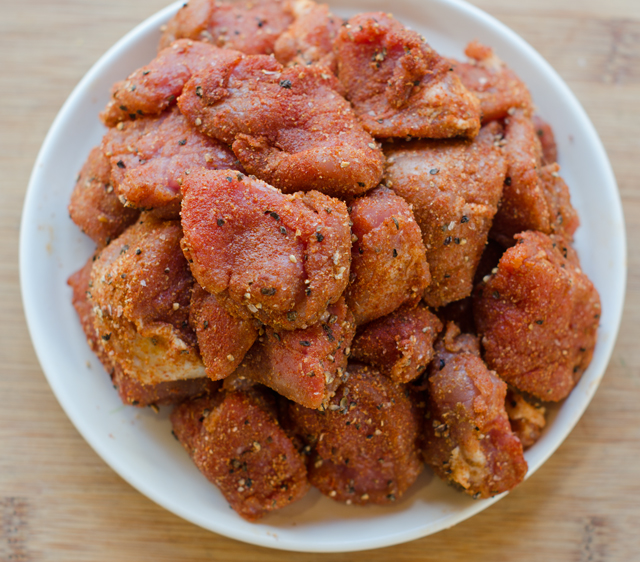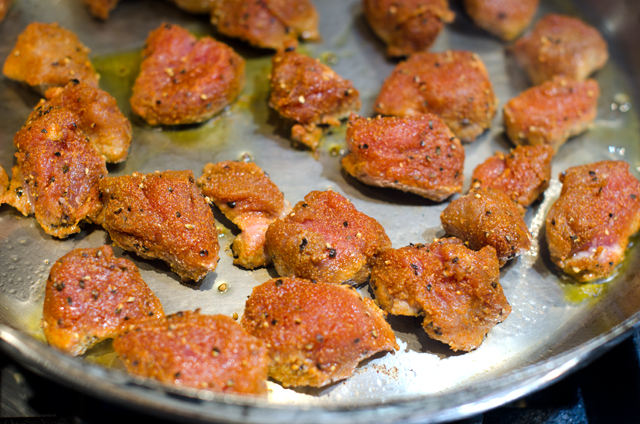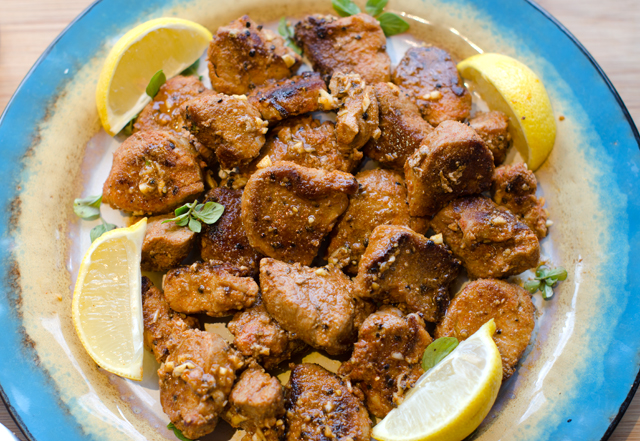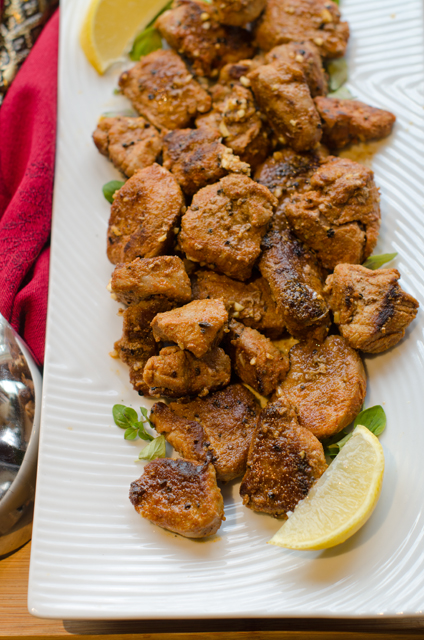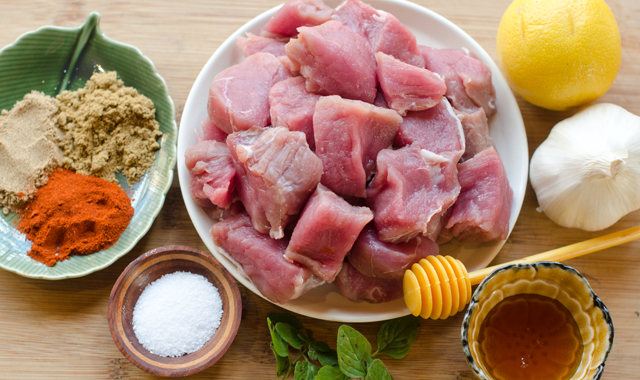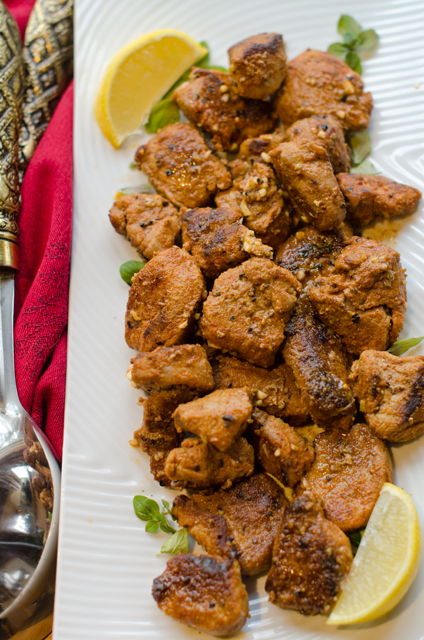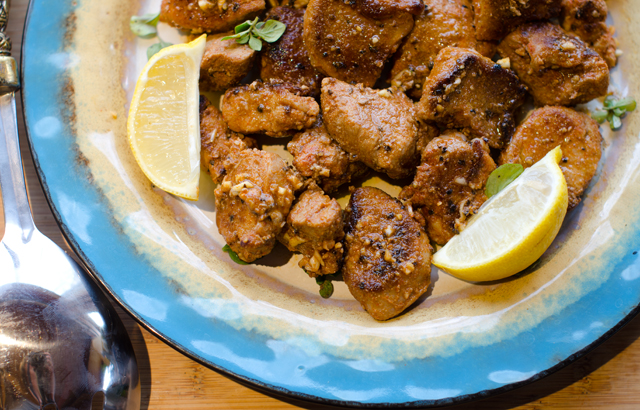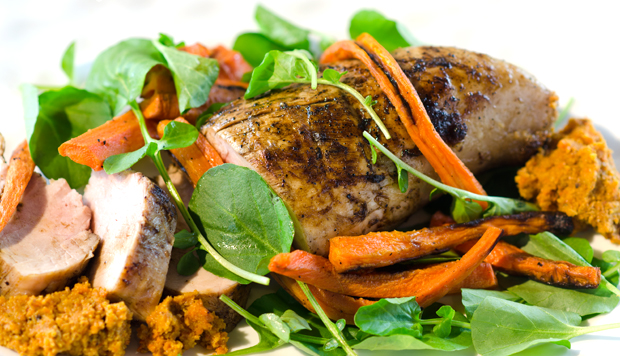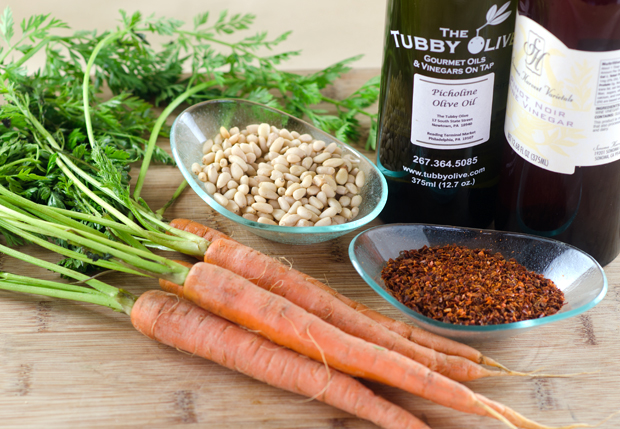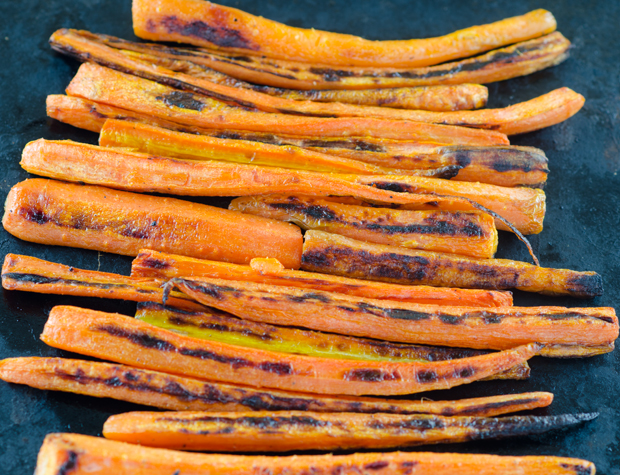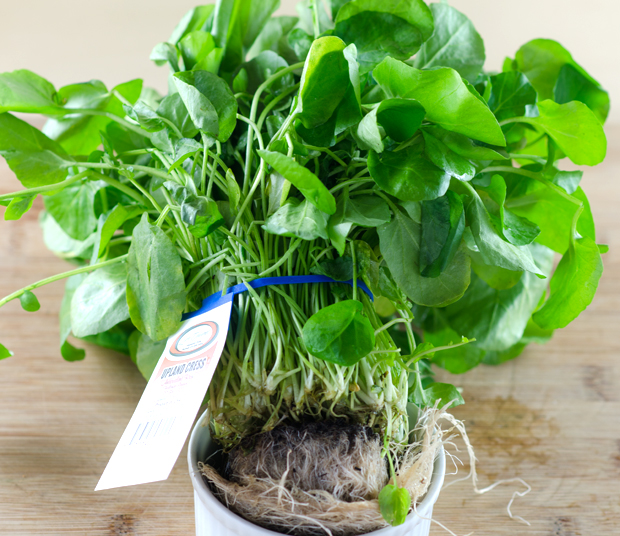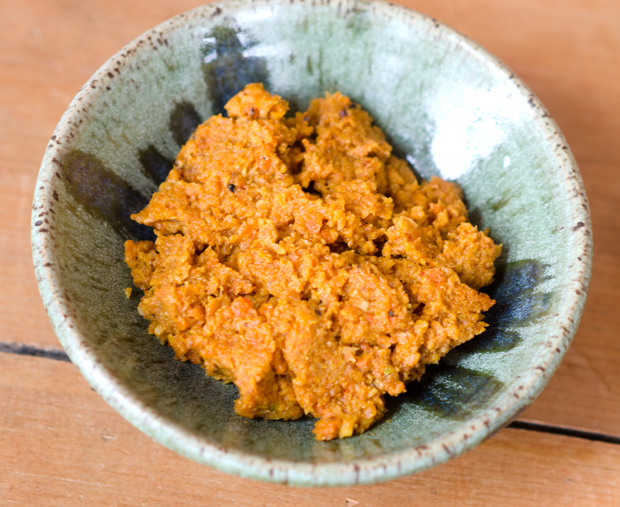When Christopher Kimball left Cooks Illustrated to start a new multimedia venture, Milk Street, that includes a website, cooking school, TV and radio show and print magazine I was curious how the new magazine would differ from Cooks Illustrated, the publication he founded over twenty years ago. I have always been a big fan of Cooks Illustrated and have saved every issue since the first one came out in 1993. Could I justify subscribing to one more cooking publication?
The magazines are about the same size, Cooks Illustrated is a tad longer and both are 32 pages long. Both accept no advertising, unless you count the subscription inserts. Cooks Illustrated uses mostly black and white photography and illustration with color photographs of all the finished dishes on the inside back cover. Color photographs abound in Milk Street, though they aren’t the life-sized glamour shots we see on many popular blogs, they are accurate representations of the finished dishes. One thing Milk Street does not have are the wonderful back cover illustrations of John Burgoyne that are a welcome part of each issue. Whether it is a page of eggplant varieties, classic American cookies, crustaceans or heirloom tomatoes I always look forward to seeing his detailed and realistic work. On the other hand, Milk Street has Christopher Kimball’s folksy and entertaining letters from Vermont.
Commenting on the new publication, Mr Kimball said that Milk Street would bring techniques from the world’s kitchens, focusing on simple dishes with easy to find ingredients. The term, “easy to find” has certainly changed since I started cooking over thirty years ago. The coconut milk and fish sauce I can find on any supermarket shelf now would have taken a special trip to an ethnic market back then. Although that was enjoyable and educational at the time, I appreciate the convenience now.
Looking at a recent issue of Cooks Illustrated I found recipes for shredded tacos, walkaway ratatouille, grilled pizza and paella on the grill, the typical representation of the Americas and western Europe. There is usually one recipe with an Asian influence, in this issue one for Korean fried chicken wings. Milk Street’s inaugural issue reflected the global emphasis they promised with recipes for harissa from north Africa, pie crust that uses a Japanese baking technique, Chinese white cooked chicken, Thai coleslaw, French carrot salad and the one I chose to make first, Pinchos Morunos.
Pinchos morunos are grilled skewered meat kabobs. A pincho, or pintxo as it is called in Basque country, is a thorn or a spike. This can either refer to the skewer the meat is cooked on or the cocktail pick that is attached to a piece of bread when pinchos are served as part of a tapas menu. Morunos refers to the Moors who influenced Spanish food and culture for centuries. The meat in the original recipe was most likely lamb, the Moors were Muslim and did not eat pork. When the Spanish adopted this recipe, the meat of choice became pork. The meat was tossed with a Moroccan spice blend, ras el hanout. The term ras el hanout translates to “head of the shop” and refers to the best spices the shop has to offer. Ras el hanout can have as many as ten spices, this recipe streamlines that number to three, salt and pepper not included.
This version of pinchos morunos eliminates the skewers and brings the meat right to the saute pan. The pork is cut into 1 to 1 ½ inch cubes and tossed with a flavorful spice rub of cumin, coriander and smoked paprika. The cubes of pork are just the right size to absorb the rub and flavor the meat. The meat only needs to sit for about an hour before proceeding with the recipe. While the pork is absorbing the flavor of the spices, mix the garlic, lemon juice and honey in a small bowl.
Place a large skillet over high heat, coat lightly with olive oil and heat until smoking. Add the seasoned pork cubes in one layer and cook without moving for about 3 minutes. You want all of the meat to develop a deep brown crust. Flip the pork with tongs and cook, turning the pieces occasionally as they continue to brown. The additional cooking time is 2-3 minutes, the pork will continue to cook even after you take it off the heat and you don’t want the pork to dry out. While the pork is still hot, pour the garlic, lemon, honey mixture over the meat and garnish with oregano. Serve immediately to optimally appreciate the flavors. You can prep the components of the dish earlier in the day. Cut the meat into cubes, cover with plastic wrap and make the spice blend and lemon honey mixture . An hour before serving, bring the meat out of the fridge and proceed with the recipe.
We have enjoyed this recipe several times for dinner. Serve with rice or couscous and a salad. It would also make a great hors d’oeuvre accompanied with a saffron aioli for dipping.
Pinchos Morunos
Serves 2-3
Ingredients
- 1½ t ground coriander
- 1½ t ground cumin
- 1½ t smoked paprika
- ¾t each kosher salt and fresh ground pepper
- 1 lb pork tenderloin, trimmed and cut into 1 to 1½ inch pieces
- 1 T lemon juice plus lemon wedges for serving
- 1 T honey
- 1 large clove of garlic, finely grated
- 2 T extra virgin olive oil
- 1 T chopped fresh oregano
Directions
- Combine coriander, cumin, smoked paprika, salt and pepper in a medium bowl.
- Add the cubed pork to the bowl and toss to coat thoroughly until no dry rub remains.
- Let the pork sit at room temperature for 30 minutes and up to 1 hour.
- While the pork is sitting at room temperature, combine the lemon juice, honey and garlic in another bowl.
- In a large skillet over high heat, heat 1 tablespoon of the oil until smoking. Add the meat in a single layer and cook without moving until deeply browned on one side, about 3 minutes. Using tongs flip the meat over and continue to cook until browned on all sides, another 2-3 minutes.
- Take meat off the heat and pour the lemon juice and garlic mixture over the meat and toss until evenly coated. Transfer the meat to a serving platter.
- Drizzle the meat with the remaining olive oil, sprinkle with oregano and serve with lemon wedges.
